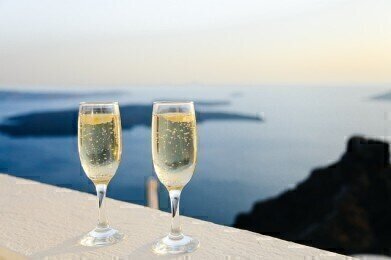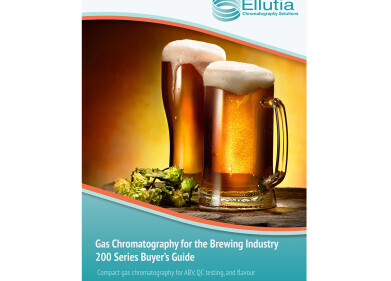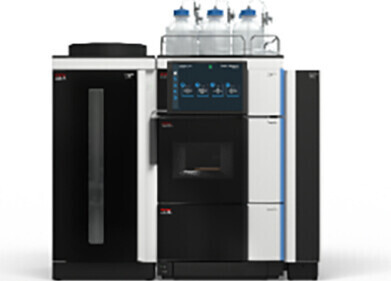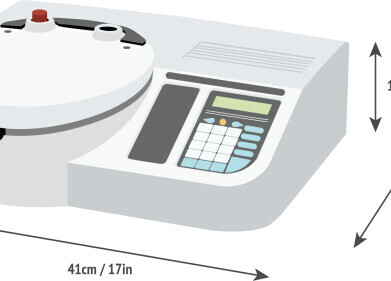Chromatography
Does Champagne Bubble Size Matter?
Jan 11 2018
New Year celebrations have just passed, and most people will have started 2018 with one or more glasses of bubbly. However, did you know that the size of champagne bubbles could make your glass taste even better?
Myth dictates that the smaller the bubbles the tastier the champagne, but research from Professor Gérard Liger-Belair at the University of Reims suggests that when it comes to bubbles it’s a case of “the bigger the better”.
The science behind the bubbles
Their findings were published in The European Physical Journal Special Topics which examined the effervescence process in champagne. They concluded that the level of carbon dioxide found in the liquid phase was a crucial element for the visually appealing bubbling process. More on the science of food and drinks can be found in the article ‘How Safe is Safe? Analytical Tools for Tracing Contaminants in Food’.
The average glass of champagne forms 1mm bubbles, but 3.4mm across the surface is said to be the greatest size. This increases the release of carbon dioxide into the air above the glass and enhances the subsequent release of aerosols. The aromatic mixtures in the release of the bubbles contribute to the distinctive smell and flavour. So, the bigger the pop, the more aromas that are given off.
How to get the perfect glass
Several factors are at play when achieving the perfect bubble size in a glass of sparkling wine, including the complex process of first and second fermentation, the temperature and even the pressure.
Liger- Belair’s research showed that by decreasing the viscosity it would improve the drop evaporation, which again influences the size of the bubbles. Also look out for the type of glass you choose, preferably a flute according to those in the know, if you want to influence size and subtle flavourings.
Scientists at the University of Texas have taken these studies one step further and have conducted experiments into the sound of bubbles in sparkling wine. Measuring the pitch and frequencies of varying bubbles, they were able to determine bubble sizes. Results showed the ‘smaller the bubble, the higher the pitch’ and even the angle you pour your favourite glass can affect the results.
Cava or Prosecco anyone?
Another bubbly myth is that the older the champagne the better the taste. However, during the storage of a corked bottle the fluid progressively loses its gas pressure and dissolves. This aging leads to smaller bubbles, which clearly is not the way to go if you’re after a tasty tipple. Therefore, science tells us that not only should we be drinking bigger bubbles, but we should be drinking them quicker.
Luckily for the average champagne consumer the cheaper alternatives like cava and prosecco sparkling wines typically have bigger bubbles and therefore increase the flavour and aromas. Perhaps it’s time to put science to the test and find out for yourself. Any excuse to keep the New Year celebrations going!
Digital Edition
Lab Asia Dec 2025
December 2025
Chromatography Articles- Cutting-edge sample preparation tools help laboratories to stay ahead of the curveMass Spectrometry & Spectroscopy Articles- Unlocking the complexity of metabolomics: Pushi...
View all digital editions
Events
Jan 21 2026 Tokyo, Japan
Jan 28 2026 Tokyo, Japan
Jan 29 2026 New Delhi, India
Feb 07 2026 Boston, MA, USA
Asia Pharma Expo/Asia Lab Expo
Feb 12 2026 Dhaka, Bangladesh



















